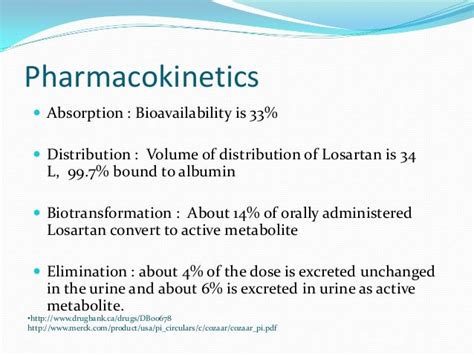Intro
Discover how Losartan benefits blood pressure management, reducing hypertension risks, and improving cardiovascular health through its angiotensin II receptor blockade, diuretic effects, and antioxidant properties.
Losartan is a medication that has been widely used to treat various health conditions, particularly those related to the cardiovascular system. It belongs to a class of drugs known as angiotensin II receptor blockers (ARBs), which work by blocking the action of a natural chemical that narrows blood vessels, allowing blood to flow more smoothly and the heart to pump more efficiently. The importance of understanding how losartan works and its benefits cannot be overstated, especially for individuals dealing with hypertension, heart failure, and other related conditions. By exploring the ways losartan helps, patients can better manage their health and make informed decisions about their treatment options.
The role of losartan in managing hypertension is well-documented. Hypertension, or high blood pressure, is a significant risk factor for heart disease, stroke, and kidney disease. Losartan's ability to lower blood pressure reduces the strain on the heart and arteries, potentially decreasing the risk of these complications. Furthermore, losartan has been shown to have protective effects on the kidneys, which is particularly beneficial for patients with diabetes who are at risk of developing kidney disease. Understanding the mechanisms through which losartan exerts its effects can help patients appreciate the importance of adherence to their medication regimen and the potential benefits of this treatment.
Losartan's impact on cardiovascular health extends beyond its blood pressure-lowering effects. It has been studied for its potential to reduce the risk of stroke and heart attack in patients with hypertension and left ventricular hypertrophy, a condition where the heart muscle becomes thicker than normal. The medication's ability to reduce the progression of kidney disease in patients with diabetes is another critical aspect of its therapeutic profile. By addressing these various aspects of cardiovascular and renal health, losartan plays a vital role in the management of complex medical conditions, offering patients a chance to improve their quality of life and reduce the risk of serious complications.
Introduction to Losartan

Benefits of Losartan

Reducing Blood Pressure
Losartan's primary mechanism of action involves the blockade of angiotensin II receptors, leading to a decrease in blood pressure. This effect is crucial for reducing the strain on the heart and arteries, thereby lowering the risk of cardiovascular events. By managing hypertension effectively, losartan helps prevent the progression of heart disease and reduces the risk of stroke and kidney disease.Working Mechanism of Losartan

Protective Effects on the Kidneys
Losartan's protective effects on the kidneys are a significant aspect of its therapeutic profile. In patients with diabetes, losartan has been shown to reduce the progression of kidney disease, including the development of end-stage renal disease. This protective effect is believed to result from the drug's ability to reduce intraglomerular pressure and proteinuria, key indicators of kidney damage. By preserving kidney function, losartan contributes to the overall management of diabetes and reduces the risk of cardiovascular complications associated with kidney disease.Steps to Maximize the Benefits of Losartan

Practical Examples and Statistical Data
Studies have demonstrated the efficacy of losartan in reducing blood pressure and protecting against kidney disease. For example, the Losartan Intervention For Endpoint reduction in hypertension (LIFE) study showed that losartan, compared to atenolol, reduced the risk of stroke and cardiovascular mortality in patients with hypertension and left ventricular hypertrophy. Statistical data from such studies underscore the importance of losartan in the management of hypertension and related conditions, providing evidence-based guidance for healthcare providers and patients alike.Common Questions About Losartan

Side Effects and Interactions
While losartan is generally well-tolerated, it can cause side effects such as dizziness, headache, and diarrhea. Patients should be aware of these potential side effects and report any concerns to their healthcare provider. Additionally, losartan can interact with other medications, including diuretics, lithium, and nonsteroidal anti-inflammatory drugs (NSAIDs), which may affect its efficacy or increase the risk of side effects.Conclusion and Future Directions

What is losartan used for?
+Losartan is primarily used to treat high blood pressure and protect the kidneys from damage in patients with diabetes.
How does losartan work?
+Losartan works by blocking the action of angiotensin II, a natural chemical that narrows blood vessels, allowing blood to flow more smoothly and the heart to pump more efficiently.
What are the potential side effects of losartan?
+Common side effects of losartan include dizziness, headache, and diarrhea. Patients should report any concerns to their healthcare provider.
We invite readers to share their experiences with losartan, ask questions, or seek further information on its use and benefits. By engaging in this discussion, we can work together to improve our understanding of this important medication and its role in managing hypertension and related conditions. Whether you are a patient, a healthcare provider, or simply someone interested in learning more about losartan, your input is valuable and can contribute to a better understanding of how this medication can improve health outcomes.
